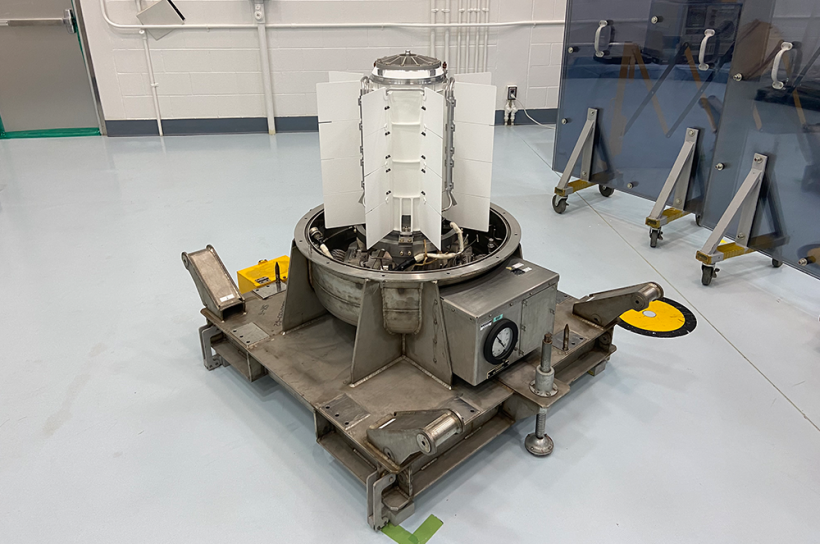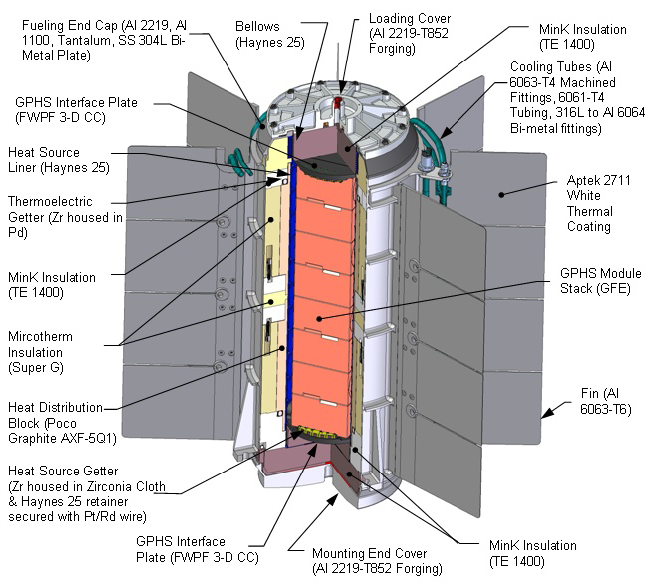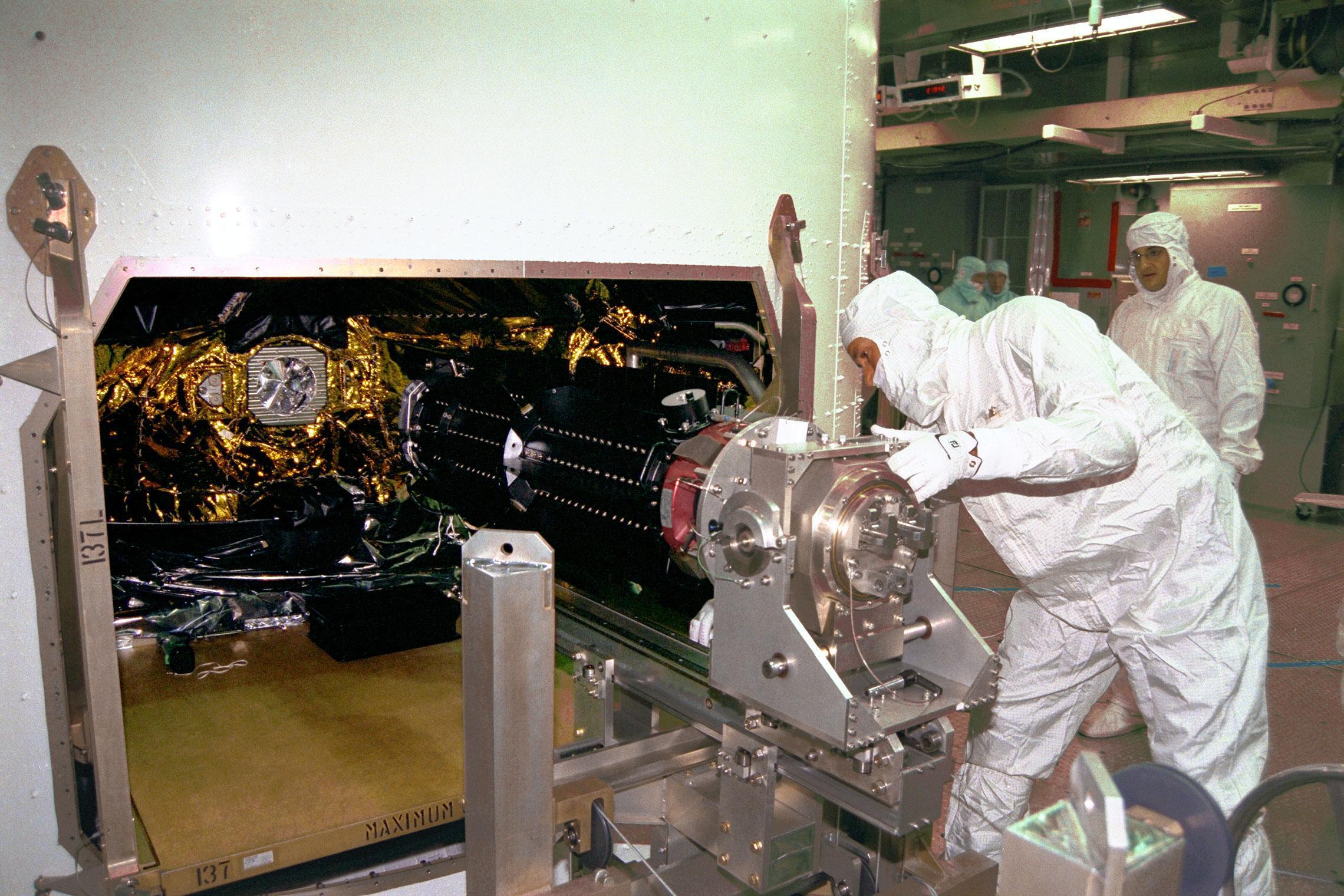
RTG's are physically hot in temperature, and reliable.
Radioisotope thermoelectric generators use a decaying nuclear material such as Plutonium. This material, as it decays, releases energy in the form of heat. A thermoelectric generator then uses this heat and converts it into usable electricity. The nuclear material in the RTG on the Mars Perseverance rover, Plutonium 238, has a half-life of 87.7 years. This means the nuclear material will not fully decay until 87.7 years - so this nuclear "battery" (the RTG) will last an outstanding 90 years until it is "dead". Any excess radiation released by them also can be stopped by a sheet of paper or your skin, so it's not dangerous.




